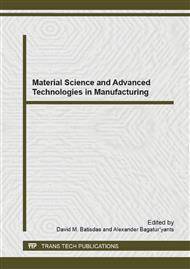p.730
p.735
p.740
p.745
p.749
p.757
p.764
p.768
p.772
Optimization of Exit Design Based on Evacuation Model for Limited Visibility
Abstract:
In this paper, the evacuation strategies and the update rules for limited visibility are proposed. The formulas on single exit, double exits and four exits for low pedestrian density are deduced and showed; and the time ratio is 1: 0.71: 0.56. The simulation results show that for normal visibility, the exit should be designed in the middle of wall, which results in the shortest evacuation time. So each exit is designed in the middle of wall. Moreover, in the different exit cases the evacuation can be simulated very well using the proposed model; and the time ratio on single exit, double exits and four exits is 1: 0.68: 0.57,which is close to the theory value 1: 0.71: 0.56. More, the evacuation evolution of different pedestrian number is studied; and the results show that if no jamming, the time ratios of different pedestrian number accord with the theory value 1: 0.71: 0.56 mainly, which proves the correctness of evacuation model and theory analysis.
Info:
Periodical:
Pages:
749-754
Citation:
Online since:
January 2014
Authors:
Price:
Сopyright:
© 2014 Trans Tech Publications Ltd. All Rights Reserved
Share:
Citation:


